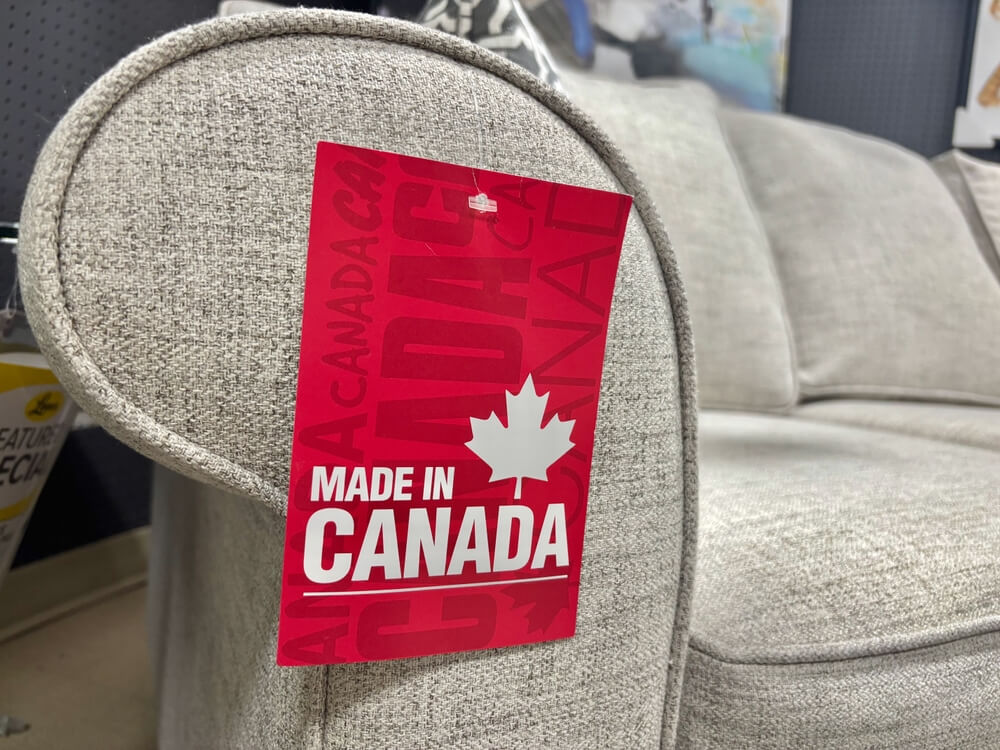
If you are not redirected within 30 seconds, please click here to continue.
Samedi: 10h – 16h HAE

If you are not redirected within 30 seconds, please click here to continue.
If you are not redirected within 30 seconds, please click here to continue.
How to Refinance Your Debt When You Have Bad Credit

Table of Contents
How to Improve Your Credit Score: This series by personal finance specialist Amanda Reaume focuses on how to improve something that many people overlook: your credit score. These posts will give you tips and tricks to improve your chances of getting approved for better rates when you apply for credit – leading to better student loans, car loans and even mortgages.
If you have a significant amount of debt, it’s easy to feel discouraged about your future finances. After all, a nice chunk of your income is likely being put towards repaying your debt each month and you might not even be seeing much progress. That’s why it’s so important to refinance your debt at a lower interest rate in order to repay it faster.
But many people with significant amounts of debt face a catch-22: Because they have so much debt, their credit score likely isn’t very high – which can make it difficult to qualify for refinancing.
Here are some tips on how to improve your credit quickly in order to refinance your debt and a look at the pros and cons of some commons ways to refinance debt.
First… Improve Your Credit
Get up to date on your payments
Catch up on all of your debt payments. If you're unable to make the minimum payment, contact your lender and see if you can negotiate a lower interest rate or a lower minimum payment. This may mean extending the length of your debt over a longer period of time if you have an installment loan, but being up-to-date in your payment schedule will boost your credit score.
Facing credit card debt? Whatever your financial situation, paying down debt is the first step to getting your credit back on track and saving money. Our handy debt calculator will put you on the path to financial freedom!
Increase your limits
If you have credit cards or lines of credit, see if you've been pre-approved for increases on your credit limit to increase your credit score quickly. Many lenders will pre-approve you for increases if you've been paying down your debt consistently. By increasing your credit limit, you decrease the percentage of your available credit that you're currently using. To have an optimal credit score, you should only be using 20 to 30 per cent of your total available credit. For example, if the total limit on all of your credit cards is $1,000, you should only be spending $200 to $300 per month to maintain a good credit score. The more you increase the limit on your cards, however, the lower percentage of your total credit you'll be using.
Become an authorized user
Another way to quickly boost your credit score it to get someone who has great credit to add you as an authorized user on their oldest credit card. Their good payment history will significantly boost your score.
Correct your history
Another way to quickly boost your credit score is to correct your credit history. You can do this easily by contacting one of the credit bureaus and getting a statement of your credit history – you’re entitled to one free annually. If there's anything inaccurate on the report, you should contact your lenders and ask them to fix the mistake. Even if it’s not inaccurate, you can ask them to remove it from your history in exchange for payment or as an act of good will. While they are not obligated to remove it, it’s worth a try.
Now… Refinance Your Debt
The first thing you should remember when refinancing your debt is that you shouldn't close the accounts after you refinance. For example, if you transfer credit card debt from a card you’ve had for a long time and close the account after, your score could go down since you will essentially lose that credit history. Though it might be tempting to just get rid of the account altogether to avoid getting into debt again, length of credit history counts towards your credit score.
There are several options when it comes to refinancing your debt and the option that is right for you depends on what kind of debt and assets you have:
Refinancing your student loan…
If you currently have student loans, you might be considering refinancing your student loans in order to get a lower interest rate. While getting a lower interest rate will likely help you repay your debt faster, it's important to consider what type of student loans you have before you refinance.
If you have Canada Student Loans, then you might want to keep those loans rather than refinancing with a student loan from a bank or another lender. That's because federal loans give you a number of protections like alternative payment plans and the ability to suspend your payments in the event you lose your job or return to school. Some private student loans will also offer you similar options, but not all. Before you refinance your student loans, read the fine print.
If you still plan on refinancing student loans, one way to save money on your transferred debt is to get a co-signer to help you qualify for a reduced rate. This might be a spouse, a parent, or another friend or family member. Refinancing student loans with another student loan allows you to keep some of the protections generally offered with student loans, even if it’s via a private student loan, rather than a personal or consolidation loan. It also increases your chance of getting a lower interest rate since it’s very difficult to discharge student loans in bankruptcy so that there’s less risk to lenders. What’s more – you keep the tax benefit of being able to deduct the interest you pay on your student loans!
Refinancing with a Home Equity Line of Credit (HELOC) or other line of credit…
If you own your home, then one of the best ways to refinance is through a HELOC. This type of credit vehicle uses your home equity as security for the loan, which ensures that you get a low interest rate. Because of this, many people use HELOCs to refinance debt, but it is important to remember that it could put your home at risk if you still aren’t able to pay your debt. If you don't own a home, an unsecured line of credit is also a great option since they often offer low interest rates.
Lines of credit are different from installment loans as you can borrow from them, pay them back, and then borrow from them again. Like a credit card, you will have a minimum payment, but you won't have specific payment amounts like an installment loan. Also similarly to a credit card, you can optimize your credit score by only using 20% to 30% of the available credit on your line of credit – so apply for more than you need when refinancing your debt.
Refinancing with a consolidation loan…
While you'll likely get a much lower interest rate on a secured credit vehicle like a HELOC or even an unsecured line of credit, a consolidation loan is another great option if you don’t own a home or qualify for a line of credit.
A personal loan or debt consolidation loan is an effective way to pay off high interest debt. And you can often qualify for a lower interest rate on a consolidation loan or personal loan than the interest rate you're currently paying on your credit card debt. With a consolidation loan, you will need to choose a term length and you will have a set repayment schedule where you make specific payments every month. You can also get a co-signer to help you qualify for an even lower rate on a consolidation loan.
Refinancing with a 0% interest credit card…
Another way to refinance your debt is to take out a credit card that offers an introductory 0% interest rate. These interest rate offers often last six months to one year. Look for one that offers you the longest period of time possible. Sometimes you have to pay a transfer fee when you put existing debt onto this new credit card, but it's typically only 2% to 3%.
Try to repay all of your debt during this introductory period as, after it ends, you will have to pay the normal high interest rate associated with the card.
The Bottom Line
If you have a significant amount of debt, one of the best ways to repay it quickly is to refinance your debt, but many people struggle because they can’t qualify for refinancing. For that reason, debt refinance is often a two-part process – first you have work to improve your credit score, and only then you can refinance your debt. Ultimately, the refinancing process is worthwhile because it will save you a significant amount of money in interest and ensure that you are debt free much sooner.
To check out the last post from the How to Improve Your Credit Score series, click here.
Get money-saving tips in your inbox.
Stay on top of personal finance tips from our money experts!










